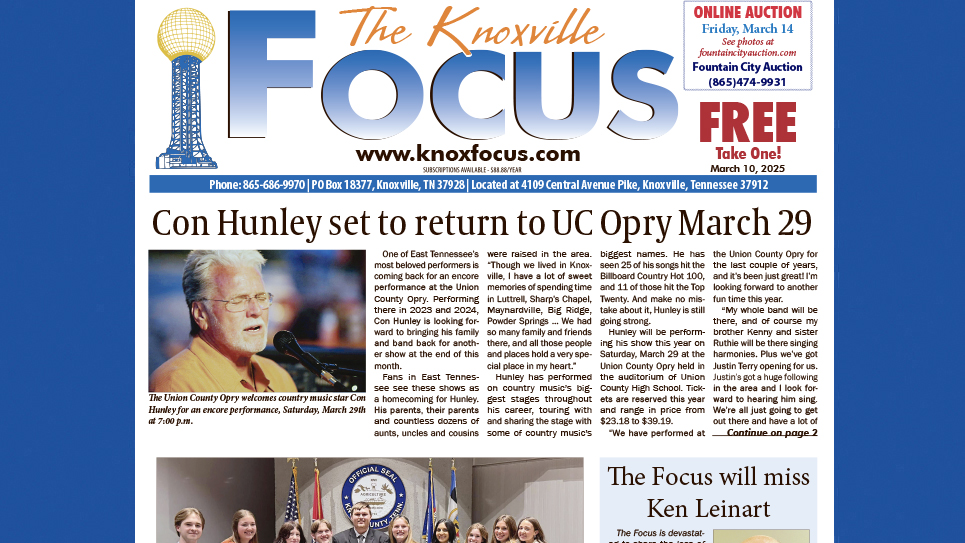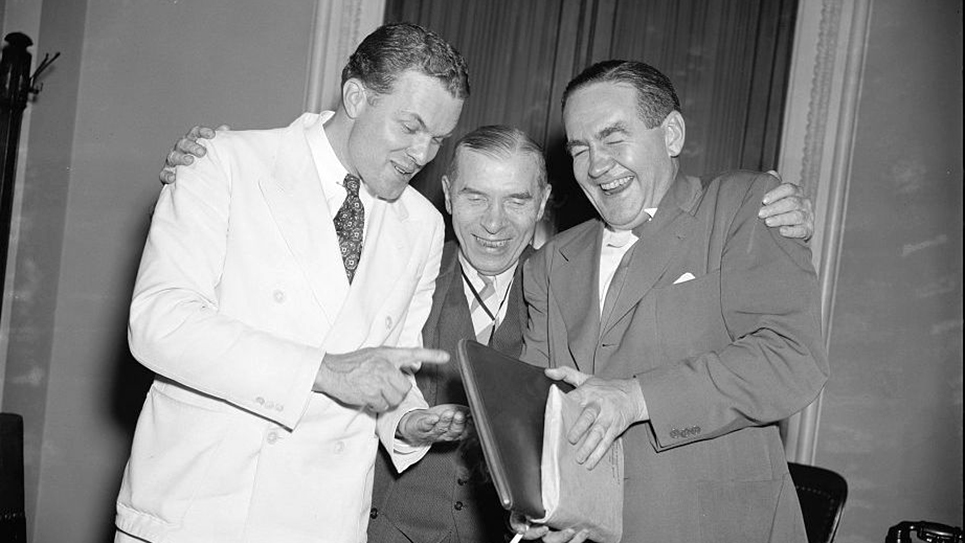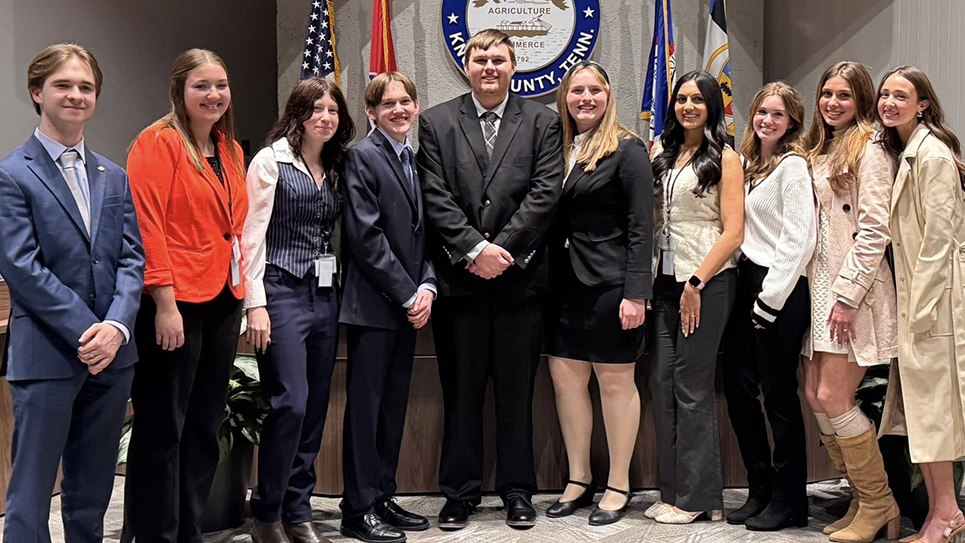By Mike Steely
When I was a child the courthouse square in my small town was a hub of activity with trials during the week and also on weekends. Whittlers sat around the square on benches, trimming wood back to nothing or making axe handles and shavings they often bagged and took home as kindling.
Women visited with each other between the post office and the courthouse, politicians frequented the local folks anytime an election was near and kids ran and played on the lawn. The courthouse was the center of local society back then. Folks who came downtown to shop did that and then walked over to the courthouse to visit with each other.
The courthouse square socialization has mostly disappeared nowadays except when the county government meets or there’s an interesting trial taking place.
East Tennessee is fortunate to still have most of those historic old courthouses in the county seats. Anyone interested in architecture or history could spend a day away visiting those buildings.
Madisonville’s Monroe County courthouse is one of those places in the middle of town and, as the commerce moved mostly away to along Highway 411, might be worth a drive if you’re down that way.
The small town still anchors itself around the courthouse.
Originally the first settlement there was a Cherokee village called “Tellico.” The name was changed after the Hiwassee Purchase in 1819 and Madisonville was founded in 1820. It was named for President James Madison from a petition presented to the Tennessee government by state representative James Madison Greenway. The town was incorporated in 1850.
The courthouse became the center of controversy in 2005 when the Ten Commandments were removed from the walls of the courthouse. Some 2,000 local citizens protested the removal which was ordered by the court as “unconstitutional” on a public structure.
Another interesting courthouse is the Campbell County Courthouse in Jacksboro. As new counties were formed Campbell lost land to Union, Scott, and Claiborne and also lost its first courthouse. A second was built and burned.
In 1929 the current courthouse was built of steel and brick to prevent future fires. The building houses the usual county offices and two courtrooms. Jacksboro is a small town but almost doubles in size during trials. Across the street from the courthouses are several attorney offices.
One of the most noted and most visited courthouses in our state is the Rhea Courthouse in Dayton. Home of the historic Scopes Trial, also called The Monkey Trial, the location drew two famous men to face each other: William Jennings Bryan and Clarence Darrow. The 1925 trial drew national press attention and pitted Evolution against Creationism.
The building, now designated a National Landmark, has long had a statue of Bryan and in recent years one of Darrow was added. The nearby university is named for Bryan. The courthouse is open to visit and there’s a well-done museum of the trial in the basement.
A re-enactment of the trial takes place each July and is incorporated in Dayton’s annual festival.
Let’s not forget Knox County’s Old Courthouse, which sits on the original site of the federal blockhouse which was built prior to statehood. There were three other Knox courthouses but in 1886 the current building was constructed and served as the main courthouse until replaced in 1980 by the City-County Building.
The old courthouse continues to serve the public with various county offices and is the home of the Knox County Election Commission. Outside the courthouse are several monuments to the struggles and wars in our area and the graves of General John Sevier and his two wives.






